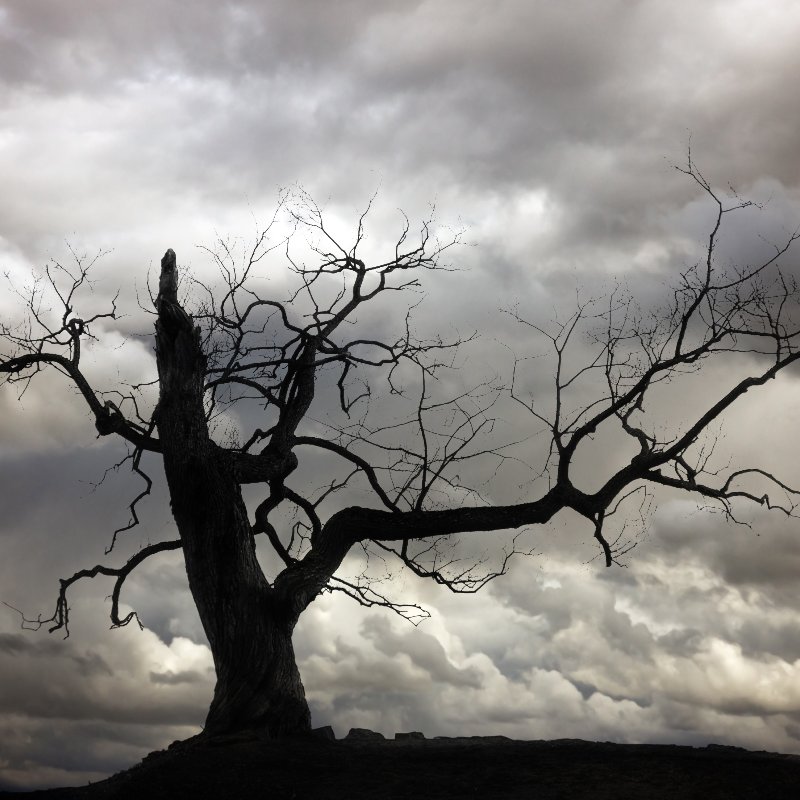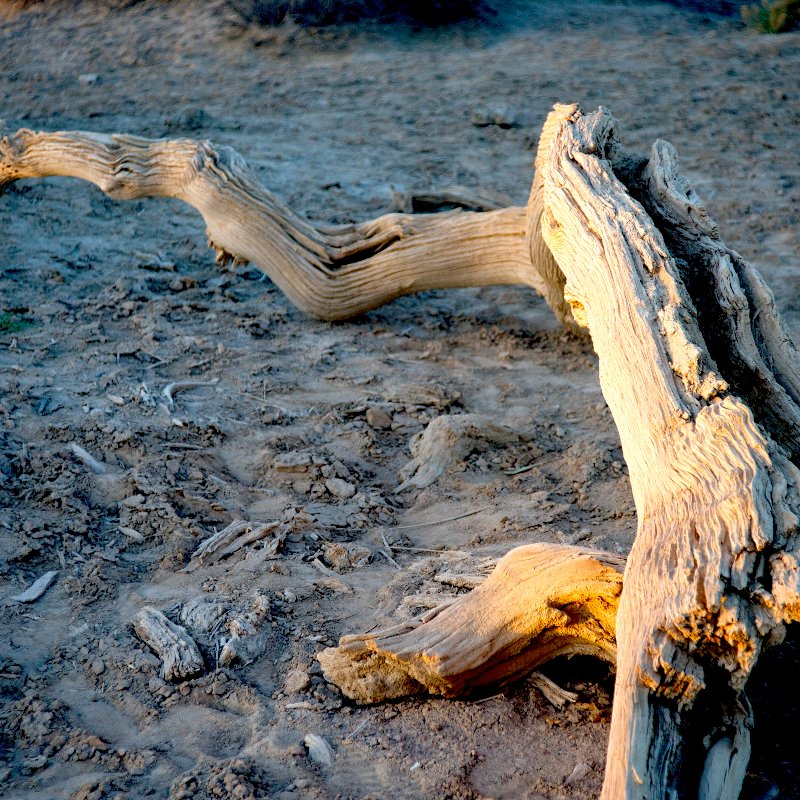
Dealing With Dead Trees
With the arrival of Spring and Summer, there is yard work with lawns to take care of and gardens to tend to. This work often includes dead tree removal. Winter can do a lot of damage to your gardens, lawn, and trees, and when that happens, we must start our spring fling by cleaning it all up. Should a dead tree be removed, what happens if you leave a dead tree?
The longer a tree is dead, the tree becomes less flexible, making it brittle and harder. Dead tree removal is harder to do safely than a tree that has died recently. Here are 5 things that happen if you wait for dead tree removal:
- Pest Attracted: Carpenter ants, termites, and other insects love dead trees. They make for a great place to nest and multiply more insects, and surrounding trees and your home is at risk of those insects moving in to find food and refuge while causing damage.
- Falling Danger: Will a dead tree fall over? Yes, a dead tree will be harder, but it isn’t strong. A dead tree is weak and has a higher chance of falling over, and it may not fall in a safe direction. It could be on your house, a neighbor’s house, or even on a person or animal.
- Cheaper to Remove: A recently dead tree, removal is less expensive than a tree that has been dead for some time because of the compromised structural integrity. Dead branches will fall off with the gust of wind, landing on your car or house, or worse, a neighbor’s car or house. The sooner you schedule a dead tree removal service, the more money you’ll save.
- Other Trees Impacted: If the dead tree is because of disease, this can be contagious to surrounding trees, like mildew or mold developing on the dead tree, it will spread to other trees. Your garden and plants are at risk of that disease, mildew, and mold spreading to them and destroying your landscape.
- Just Ugly! A key fact to note here is that dead trees just ugly! You’re doing all this hard work to make your landscaping and gardens look attractive and beautiful. A dead tree is going to ruin that curb appeal, diminishing the curb appeal and value of your home.
What are the signs of a dead or dying tree that needs to be removed?
Here are 6 indications that you have a dead tree removal need soon:
Sticks Everywhere
When a tree is shedding sticks constantly, it usually is a sign of poor health. Healthy tree branches and twigs are flexible and don’t usually have the tendency to break off. If you’re noticing an increase in broken branches or twigs, schedule a tree specialist to inspect the tree and advise.
Bark Falling Off
Flaking or peeling tree bark is an indication that the tree isn’t getting enough nutrients and could possibly be due to disease. Try watering the bare areas and reattaching the bark with tape, you may save the tree. Otherwise, you need to make plans for dead tree removal.
Fungus or Rot
Fungus or rot on a tree is never good news and you need to act immediately if you want to save the tree. There are treatments available that can rid fungus and rot, but if the damage is too far gone, your next plan of action needs to be dead tree removal.
Leaning Trees
Unless the tree has grown at an angle, it shouldn’t be leaning. As a tree begins to lean, it is usually because the roots are damaged or dying. Bracing the tree can keep it from going all the way over, but the safer thing would be to schedule a dead tree removal.
Open Wounds
A tree with an open wound is doing to lead to a dead tree. These open wounds can be ill-planned tree trimming, torn-off branches, or splits that the tree isn’t able to recover from. Lightning strikes and hard wind can cause a tree to split from top to bottom, and in many cases, you’ll end up needing a dead tree removal service.
No Leaves
A lack of leaves is a strong sign you have a dead tree or one that will be dead soon. Bare branches on just one side may be caused by disease, pest, or root damage. For any of this, you need to schedule a dead tree removal because the damage is not reversible.
What time of year should trees be cut down?
The recommended time of year for cutting trees down is early spring or winter or early spring. During these times, the leaves have fallen, leaving the branches free of foliage. If the ground is frozen, it will make the dead tree removal easier and less likely apt to disturb the earth around the tree.
The best time to prune or trim trees in Texas is in the early fall. The summer temperatures have cooled down and buds have not yet started. There isn’t a “best time” when to cut off dead tree branches, this can be done year-round.
Will dead tree roots decompose?
Yes, once a tree has been cut down or you’ve had dead tree removal done, the roots will not grow anymore, eventually decomposing in the soil. The problem with decaying roots is the cavities that it creates, leaving soft spots.
What do you do with half-dead trees?
When a tree appears dead on one side, indicated by leaves and limbs dying, call a tree specialist to inspect the tree. There could be root issues like “girdling”, which is when a root is wrapped very tightly around the trunk under the soil line. This cuts the flow of nutrients and water from all the roots. By removing some soil, a tree specialist can verify the problem, and make recommendations to save the tree.

Closing Statement – Who Pays For Dead Tree Removal?
While dead tree removal isn’t as expensive as replacing a new roof, it isn’t the cheapest thing either. So, when will insurance cover dead tree removal, or will it pay anything? No, typically homeowner’s insurance will not pay for dead tree removal. Here is a summary of what your homeowner’s insurance will pay for regarding trees:
- For trees that have fallen due to hail, wind, or from the weight of ice or snow and landed on your house or any insured structure on your property, you will be reimbursed for the tree removal.
- For a tree that falls due to hail, wind, or the weight of ice or snow and lands in your yard, but not on any structure, removal will be out-of-pocket for you.
- For a collapsed tree that’s caused by an explosion, fire, lightning, or vandalism, regardless of where it lands, your homeowner’s insurance may pay for the removal.
Keep this in mind to help you make the best decision possible when you need tree removal.
